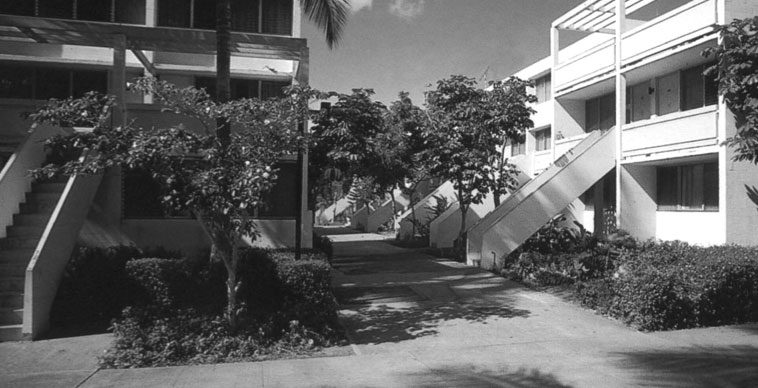Theresa Grimason, 23, Indiana Association for Community Economic Development
Because the Indiana Association for Community Economic Development (IACED), my AmeriCorps host site, serves CDCs statewide, the particulars of my job are different from those of others in the ICND program. I have worked on a number of projects to support IACED’s membership and mission. For example, I implemented a telephone survey to gauge members’ relationships with local elected officials and got a response rate that was higher than earlier member survey efforts. In February, I began working with the National Alliance for Community Economic Development Associations (NACEDA), a new organization on whose steering committee my host site supervisor sits. I worked closely with Jane DeMarines, NACEDA’s executive director, to help organize the group’s first summit in Washington, D.C. As a result of my work, NACEDA gave me a scholarship to attend the gathering. Not only was it the first time I had ever been to Washington D.C., it was the first time I had been on an airplane.
Leah Sirmin, 23, West Indianapolis Development Corporation
Sirmin spends most of her time working on the Great Indy Neighborhood Initiative, or GINI, which provides staffing, planning assistance, and seed funding to help neighbors collaborate on issues affecting their neighborhoods. As part of her assignment, Sirmin will survey business owners to find out how much they want to be involved in the community and if they have concerns about the neighborhood. She hopes this contact with local businesses will enable the West Indianapolis Development Corporation to create a job board for people seeking work in the community.
Bradley Snow, 28, Riley Area Development Corporation
Snow is working on a plan for an economic improvement district for his neighborhood. The district will unite community business owners who can leverage money to invest in their blocks. “The money could help with public art, facade improvements, additional pocket parks, and marketing the district,” Snow says. In addition, he is talking with Indianapolis public transportation officials about bringing a bus line down to Massachusetts Avenue, one of the main corridors in the neighborhood.
Jeremy Crum, 30, Martindale-Brightwood Community Development Corporation
Crum has been assisting with the organization of a 10-block neighborhood-cleanup campaign. “The goal is to replace accumulated litter and strewn debris with a sense of community pride by way of neighbors’ volunteer efforts.” He hopes that this initial cleanup will motivate others to work on their respective blocks, following the example of their neighbors.
Nikiya Tucker, 25, King Park Area Development Corporation
Tucker is writing a resource booklet for the people in her neighborhood. It will include guidelines to help those in the process of researching and applying for mortgages. It will also contain tools to guide individuals purchasing or refinancing a home. She says, “We hope that as a result of this book, residents will come to our office and utilize our offered services of homebuyer assistance, like understanding the loan application and approval process and home-repair loans and credit counseling.”
These are just a few examples of what the AmeriCorps L.D.R.S. members are doing in Indianapolis neighborhoods. All members work on a variety of projects, helping to fill in where their CDCs need them most.
The AmeriCorps L.D.R.S. program has created a mutually beneficial relationship, allowing CDCs to expand capacity and increase their impact in their neighborhoods and AmeriCorps members to acquire professional skills and experience in the community development field. “Being on the staff of my CDC as an AmeriCorps member, I have now been given the opportunity to learn valuable skills and acquire the training necessary to become a viable change agent in a community,” Crum says of his experience.
For me, the L.D.R.S. program has been an incredible opportunity to acquire professional training and an understanding of the community development field that I will carry with me as I enter the work world. Moreover, I have had the satisfaction of helping IACED complete activities to support its work around the state.
Programs like AmeriCorps L.D.R.S. create new leaders and allies to aid community development in the future. In the end, this can only benefit CDCs in their effort to improve communities around the United States.




Comments